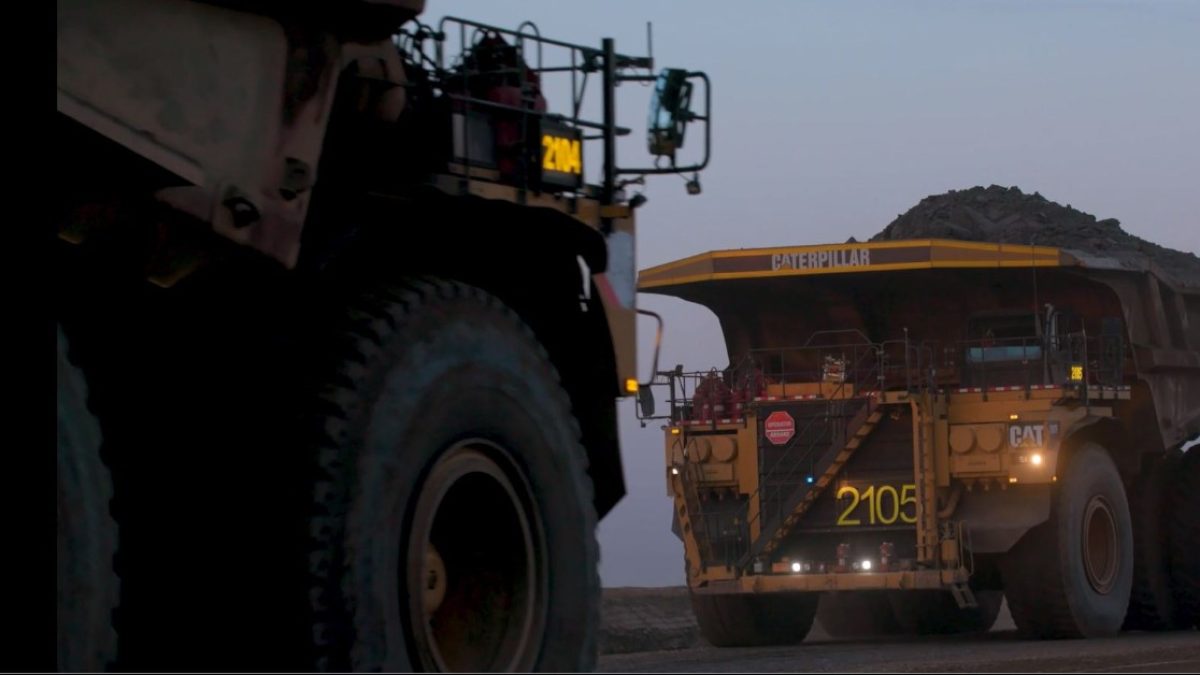Production from Canada’s oil sands is growing, but for the first time since S&P Global started estimating the data, last year production went up but emissions did not.
Now oil sands emissions may be close to their peak, according to a new report.
“That emissions held steady even as production grew is a significant first,” says Kevin Birn, S&P Global’s vice-president of Canadian oil markets.
“The potential stalling of emissions growth in 2022 is a clear signal that oil sands absolute emissions will indeed peak and begin to decline, perhaps sooner than previously expected.”
Total oil sands emissions were 81 megatonnes in 2022, nearly flat with 2021 despite a production increase of about 50,000 barrels per day, S&P Global reports. Meanwhile, so-called “emissions intensity” dropped to 67 kilograms of carbon dioxide per barrel, down from 68 kilograms in 2021.
Oil sands producers have achieved success reducing emissions per barrel of product for more than a decade, with the emissions intensity now estimated to be 23 per cent lower than it was in 2009.
Slower growth will make it easier for ongoing intensity reductions to catch up and overtake additions to start to bring down total emissions, Birn says. A 2022 report by S&P Global predicted peak oil sands emissions around 2025. The new findings indicate it could happen sooner.
“A lot of the criticism of the GHG emissions from oil sands in the past was that they were on an absolute basis growing because we kept growing production,” says Kendall Dilling, president of the Pathways Alliance, a group of companies representing about 95 per cent of oil sands production.
“Now with production having more or less flattened out, and us continuing to do all that good improvement and efficiency work, we’ve hit that inflection point where the trajectory is coming down. The kind of stuff we’re trying to do at Pathways is really about putting that on steroids and dropping it much, much quicker.”
The six companies in the Pathways Alliance have set a joint target to reduce total emissions from operations by 22 million tonnes by 2030, on the way to net zero emissions from operations by 2050.
The anchor of the plan is building one of the world’s largest carbon capture and storage (CCS) projects.
World oil consumption reached a new high of 103 million barrels per day this June, according to the International Energy Agency (IEA).
The IEA projects that in 2050, global oil demand will still be above 100 million barrels per day. Even in the agency’s scenario where the world achieves net zero by 2050, oil and gas will still supply about 20 per cent of energy needs.
“Even the IEA’s most aggressive net zero scenarios still show significant oil and gas demand in 2050 because you can only transition so quickly,” Dilling says.
“There’s a tail end of that that never goes away because there’s non combustion end uses heavy oil like asphalt, petrochemical feedstock and carbon fibre. The planet is better off if that need is filled by decarbonized, highly responsibly produced Canadian oil.”
The unaltered reproduction of this content is free of charge with attribution to Canadian Energy Centre Ltd.
